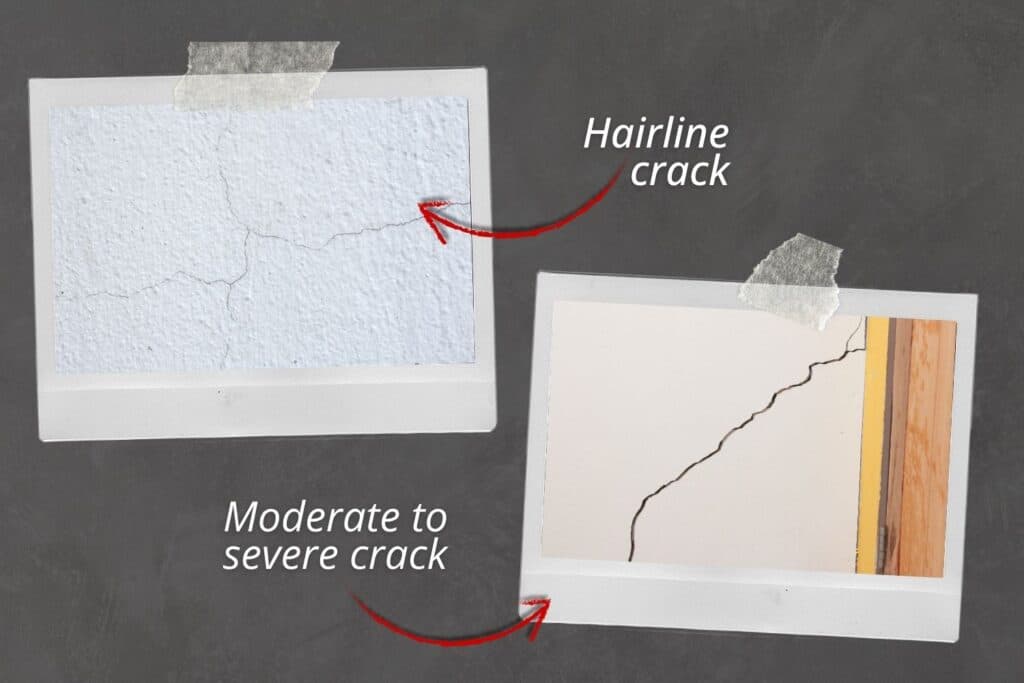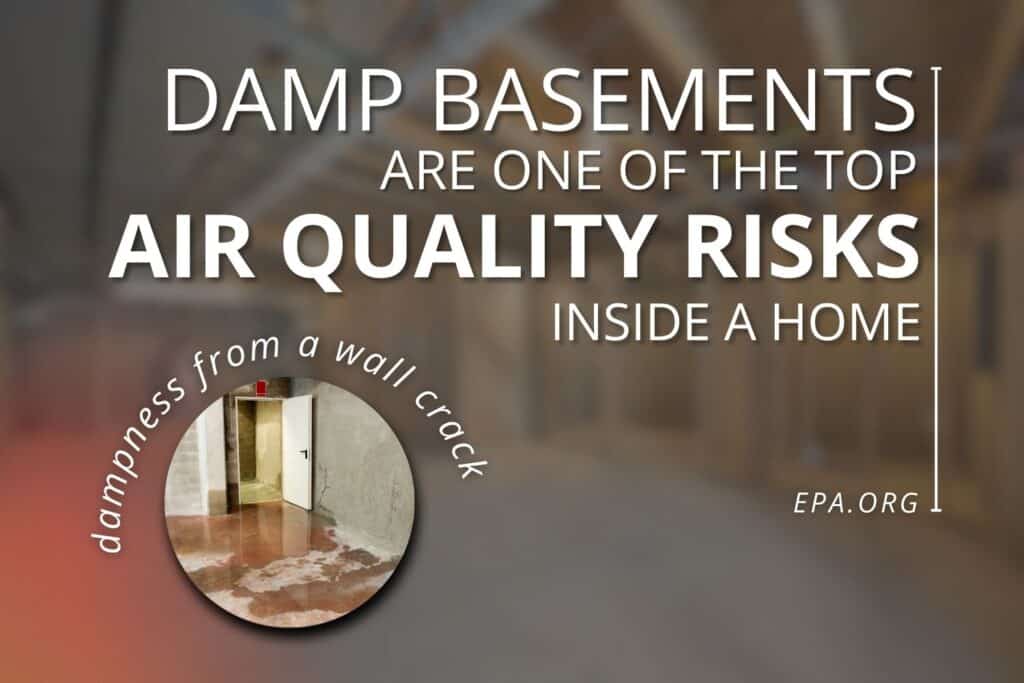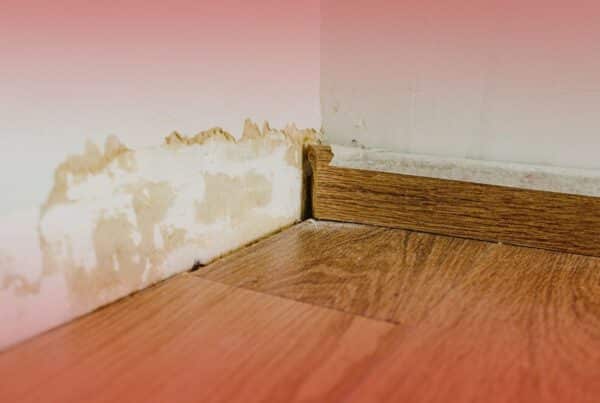Cracks in your basement wall may not look serious at first. But even small cracks can hint at bigger problems, especially if they get worse or start letting water in.
Some cracks are harmless. Others are signs of foundation stress, drainage problems, or pressure building up in the soil around your home.
This guide walks you through what causes basement wall cracks, what different types of cracks can mean, and when it is time to bring in a professional.
Are Basement Wall Cracks Normal?
Some cracks are expected, especially in the first few years after a home is built. As concrete cures or settles, it can shrink slightly and form hairline vertical cracks. These are usually dry, narrow, and stable.
Approximately 60% of U.S. homes have basement wall cracks, but not all are safe to ignore. Cracks that leak, grow wider, or form in certain patterns can indicate bigger problems, like water pressure, soil movement, or foundation shifting.

Types of Basement Wall Cracks
Understanding the type and direction of a crack helps determine whether it needs attention.
1) Vertical Cracks
These cracks run straight up and down and often result from natural shrinkage or settling. If they stay the same size and do not leak, they are usually considered minor. Still, they should be monitored over time.
2) Diagonal Cracks
Cracks that angle down from a corner are typically signs of uneven settling. This can happen when one side of the foundation sinks more than the other, often due to soil conditions or water flow.
3) Horizontal Cracks
Horizontal cracks are more concerning. They often appear in block basement walls and signal outside pressure pushing inward. This pressure can come from heavy, saturated soil and is a warning sign for potential wall failure.
The American Society of Civil Engineers lists horizontal cracks as one of the most serious signs of foundation damage.
4) Stair-Step Cracks
These follow the lines between blocks in a stepped pattern. They often develop when the soil under your foundation shifts unevenly. If the crack widens or allows moisture in, it may point to structural movement.
5) Cracks That Widen Over Time
A crack that gets longer or wider is not just cosmetic. Changes like that may mean the foundation is actively moving, which requires professional attention.
What Causes Basement Wall Cracks?
Basement walls crack when there is more pressure or movement than they were built to handle. That pressure can come from several sources.
Water Buildup in Soil (Hydrostatic Pressure)
When water collects around your foundation, it creates pressure that pushes against the walls. If your yard does not drain well or your gutters are not working, water builds up and adds force against your basement walls.
Expansive Soil
Soil with a high clay content expands when wet and shrinks when dry. This movement creates cycles of pressure and release that can damage foundations over time.
Poor Grading or Downspouts
If your landscaping slopes toward the home or your downspouts release water too close to the foundation, water collects in the soil. This raises the pressure on your basement walls.
Natural Settling or Shifting
All homes settle, but uneven settling or sinkholes in the soil can put stress on specific parts of your foundation, leading to cracks.
Lack of Reinforcement
Some older or poorly built walls may not have the right steel or structural support inside. Without that reinforcement, walls are more likely to crack under stress.

Why Wall Cracks Should Not Be Ignored
Even a small crack can grow worse over time. Once water begins seeping through, it softens surrounding materials and can bring in mold, mildew, and rot. That leads to:
- Poor air quality
- Basement odors
- Moisture damage
- Warped wood and rusted metal
- Pest problems
The EPA reports that about 50% of the air in the upper floors of your home comes from the basement.
So, poor basement conditions directly affect indoor air quality. Mold grows quickly in damp conditions, and it often starts in wall cavities and insulation before becoming visible.
Cracks can also affect your home’s value. If they are discovered during a home inspection, they may raise red flags for buyers or lenders.
When to Call a Professional
Not every crack means disaster, but it is hard to tell the difference without the right tools and experience. A professional basement or foundation inspection can give you a clear answer and a smart plan for what comes next.
A qualified expert can:
- Measure the width and movement of the crack
- Check for signs of bowing or shifting
- Identify whether the cause is water, soil, or structural stress
- Recommend waterproofing, reinforcement, or repair as needed
At Buckeye Basement Solutions, we inspect and repair all types of wall cracks. Whether it is a single split or a sign of deeper damage, our team can assess the risk and recommend long-lasting solutions.
Related Questions
Is it safe to seal a basement crack myself?
Surface sealants can help stop leaks in minor cracks, but they do not address the root cause. If the wall is shifting, sealing the surface may trap moisture or hide damage. A professional can confirm whether sealing is enough or if a structural repair is needed.
How can I prevent basement cracks in the future?
Start by improving drainage around your home. Clean gutters regularly, extend downspouts away from the foundation, and regrade soil to slope away from the house. Interior waterproofing systems and sump pumps can also reduce hydrostatic pressure.
Can cracks return after they are repaired?
If the underlying cause is not fixed, yes. For example, sealing a crack without fixing the grading or drainage may only buy time. Proper repairs should address both the crack and the conditions that caused it.
Conclusion
Basement wall cracks are common, but they should not be ignored. Some are just signs of settling. Others are early warnings of water problems or shifting foundations.
The only way to know for sure is to have the wall inspected by a professional. Acting early can help prevent water damage, mold, and expensive structural repairs.



